Mercenaria mercenaria Northern Quahog clam species Coastal waters of the North Atlantic Described by Linnaeus in 1758, the Quahog pearl does not come from an oyster but rather a thick-shelled edible member of the clam family. Depending on their size they are sometimes marketed as "littlenecks" if they are smaller, "cherrystone" if they are medium-sized or "quahogs" if they are larger. They are also known as "chowder" clams. One of the longest-lived North American bivalves, its life expectancy is sometimes greater than 40 years. It is estimated that only 1 in 100,000 Quahog clams actually produce a pearl of any kind and most are too unattractive for use in jewelry. Before its use in jewelry, the Quahog was used as the nation's first domestic currency. The Wampanoag tribe used a medium of exchange called wampum which consisted of beads made of the shell of the Quahog bivalves. The rarest Quahogs are those which are a true purple—and these are found only in New England. Actually a "calcareous concretion", Quahogs are similar to pearls in that they are started by a parasite. However, the purple stain of the Quahog colors the pearl, not the nacre, in much the same way that a conch pearl is created. In its quarterly magazine, "Gems & Gemology", GIA's staff gemologist, Joyce Wing Yan Ho, based in NY stated: "a notable purple non-nacreous pearl was recently submitted to the New York laboratory weighing 16.64 carats. It was immediately recognizable as an outstanding specimen due to its clean surface, which possessed an attractive sheen reminiscent of fine porcelain. It has good symmetry, featuring a near-round, button shape with a perfect dome top and a rounded base and a richly saturated and well-distributed mid-purple color. The characteristic natural purple color and non-nacreous porcelaneous appearance indicated a pearl from the bivalve mollusk Mercenaria mercenaria (belonging to the Veneridae family), also referred to as the 'Northern Quahog'. Quahogs can occur in a variety of colors ranging from white to brown and from faint pinkish purple to dark purple. Like other natural pearls, quahog pearls are rarely spherical. Button shapes with flat bases are most often encountered. Natural Northern quahog pearls are often submitted to GIA labs. Most are below 10 carats with a flat-based button shape, usually with a dark or light purple color, and tales of their accidental discovery while eating clams are not uncommon. This Quahog pearl's large size, clean surface, fabulous luster, near-round shape and evenly distributed rich color combine to make it an exceptionally fine and rare example of its type." At well over 16 carats, the large pearl has a near-spherical-to-button-shape and displays a rich lavender hue and excellent porcellaneous luster. An increase in size over the next pearl a few carats or millimeters less is an exponential difference in terms of rarity and valuation. The present pearl is exceptional by any measure and is believed to be the largest Quahog pearl offered at public auction. Weighing approximately 16.64 carats and measuring 13.64 x 11.84mm, undrilled.
Mercenaria mercenaria Northern Quahog clam species Coastal waters of the North Atlantic Described by Linnaeus in 1758, the Quahog pearl does not come from an oyster but rather a thick-shelled edible member of the clam family. Depending on their size they are sometimes marketed as "littlenecks" if they are smaller, "cherrystone" if they are medium-sized or "quahogs" if they are larger. They are also known as "chowder" clams. One of the longest-lived North American bivalves, its life expectancy is sometimes greater than 40 years. It is estimated that only 1 in 100,000 Quahog clams actually produce a pearl of any kind and most are too unattractive for use in jewelry. Before its use in jewelry, the Quahog was used as the nation's first domestic currency. The Wampanoag tribe used a medium of exchange called wampum which consisted of beads made of the shell of the Quahog bivalves. The rarest Quahogs are those which are a true purple—and these are found only in New England. Actually a "calcareous concretion", Quahogs are similar to pearls in that they are started by a parasite. However, the purple stain of the Quahog colors the pearl, not the nacre, in much the same way that a conch pearl is created. In its quarterly magazine, "Gems & Gemology", GIA's staff gemologist, Joyce Wing Yan Ho, based in NY stated: "a notable purple non-nacreous pearl was recently submitted to the New York laboratory weighing 16.64 carats. It was immediately recognizable as an outstanding specimen due to its clean surface, which possessed an attractive sheen reminiscent of fine porcelain. It has good symmetry, featuring a near-round, button shape with a perfect dome top and a rounded base and a richly saturated and well-distributed mid-purple color. The characteristic natural purple color and non-nacreous porcelaneous appearance indicated a pearl from the bivalve mollusk Mercenaria mercenaria (belonging to the Veneridae family), also referred to as the 'Northern Quahog'. Quahogs can occur in a variety of colors ranging from white to brown and from faint pinkish purple to dark purple. Like other natural pearls, quahog pearls are rarely spherical. Button shapes with flat bases are most often encountered. Natural Northern quahog pearls are often submitted to GIA labs. Most are below 10 carats with a flat-based button shape, usually with a dark or light purple color, and tales of their accidental discovery while eating clams are not uncommon. This Quahog pearl's large size, clean surface, fabulous luster, near-round shape and evenly distributed rich color combine to make it an exceptionally fine and rare example of its type." At well over 16 carats, the large pearl has a near-spherical-to-button-shape and displays a rich lavender hue and excellent porcellaneous luster. An increase in size over the next pearl a few carats or millimeters less is an exponential difference in terms of rarity and valuation. The present pearl is exceptional by any measure and is believed to be the largest Quahog pearl offered at public auction. Weighing approximately 16.64 carats and measuring 13.64 x 11.84mm, undrilled.
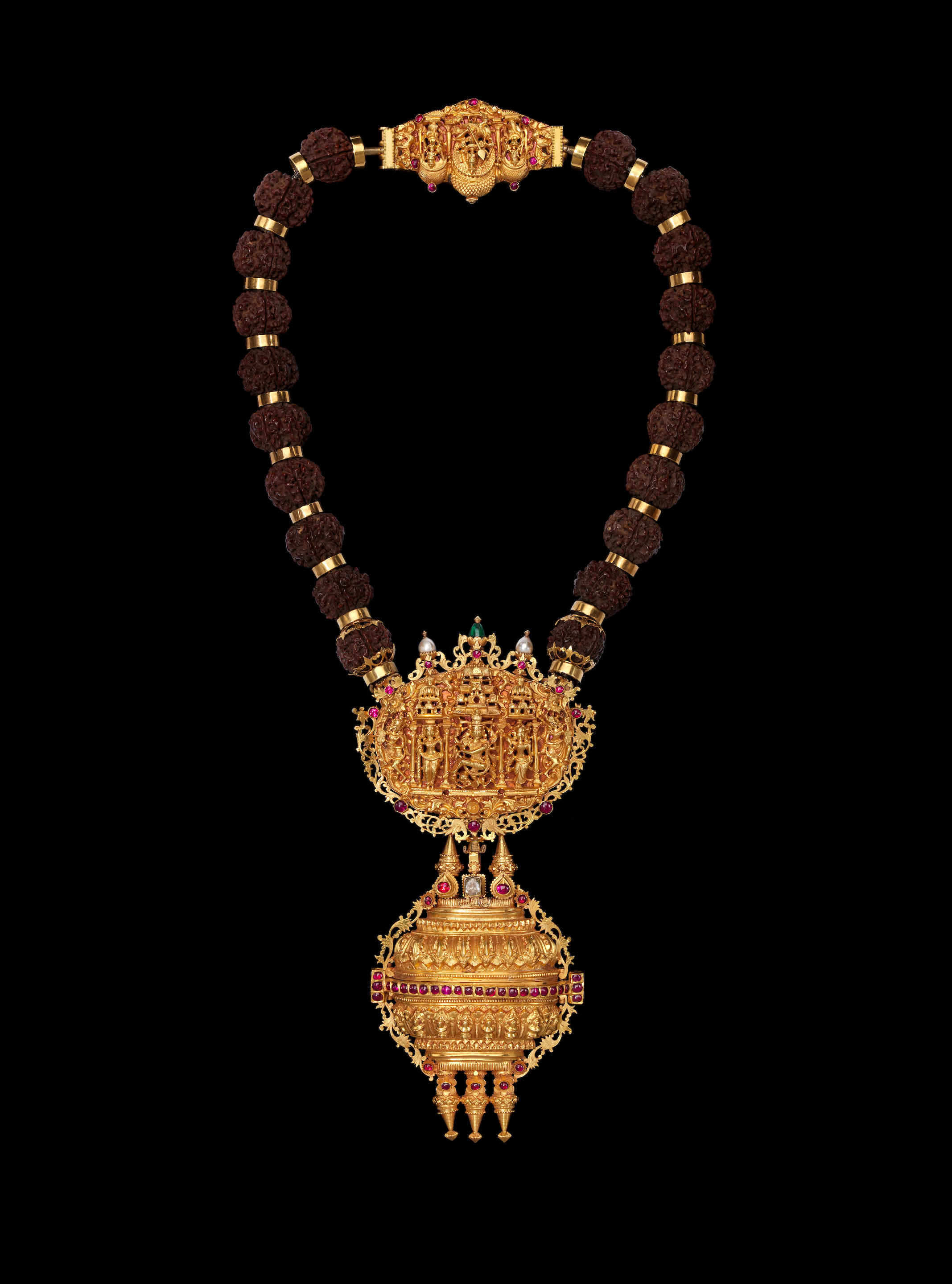
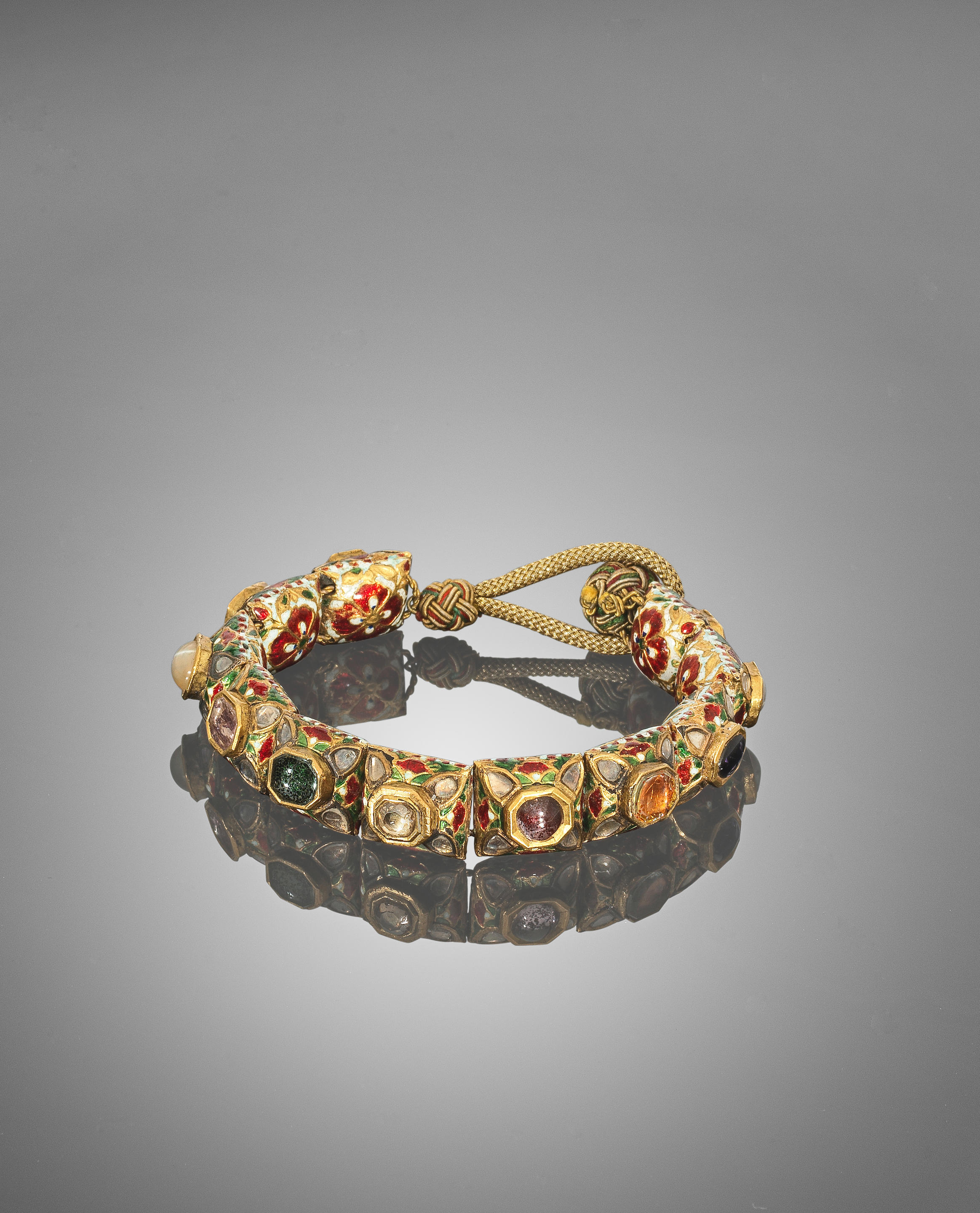



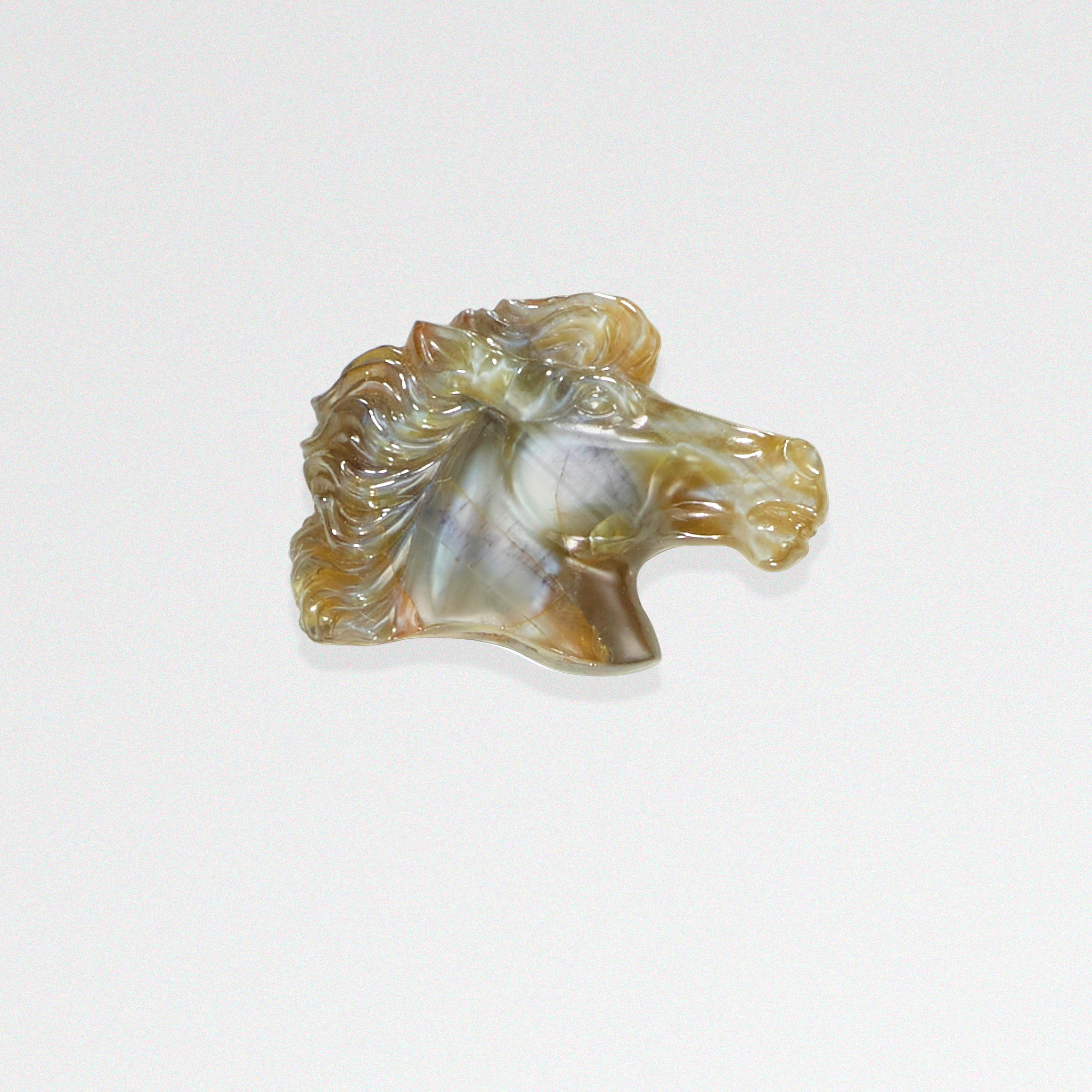
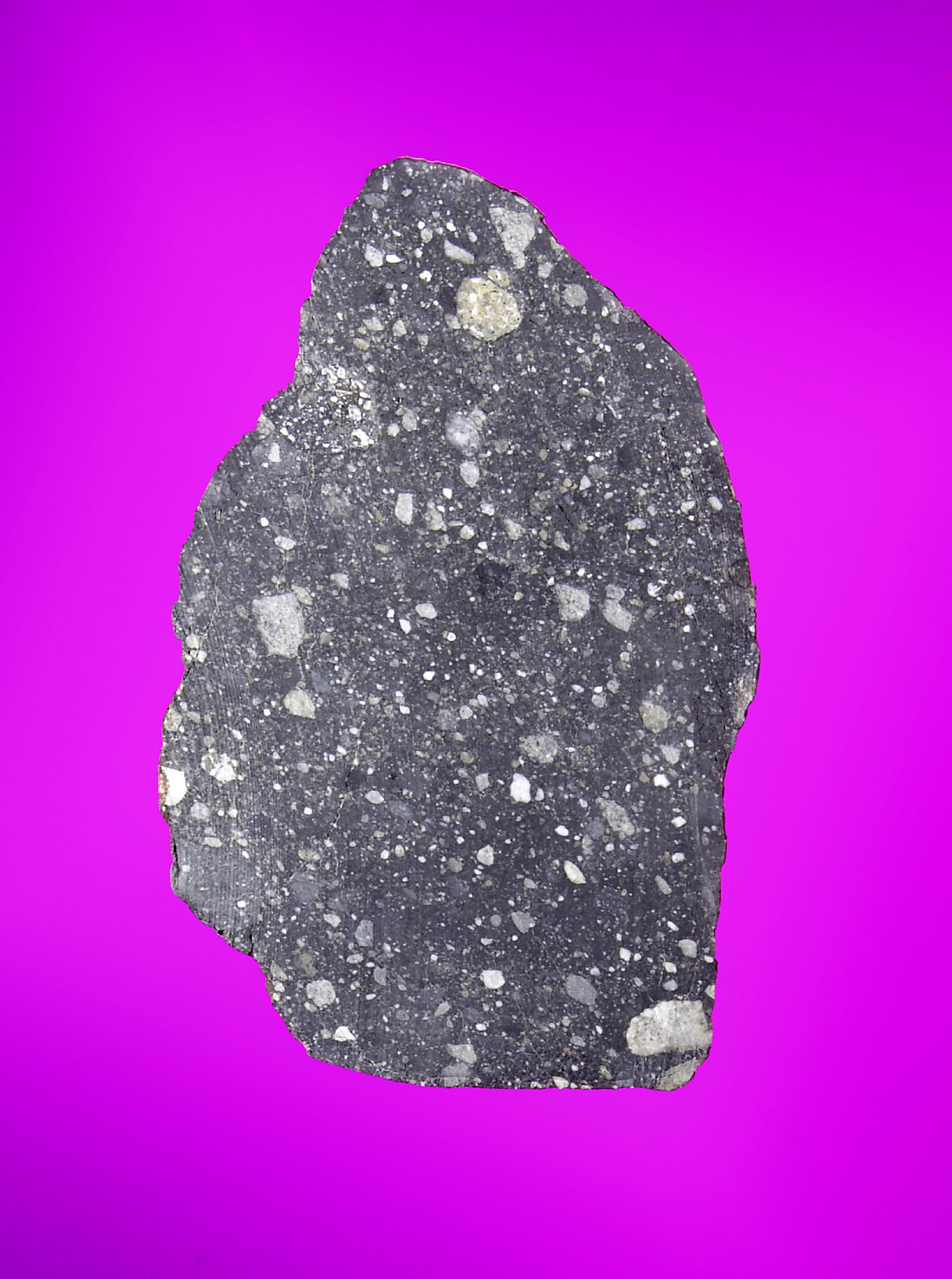






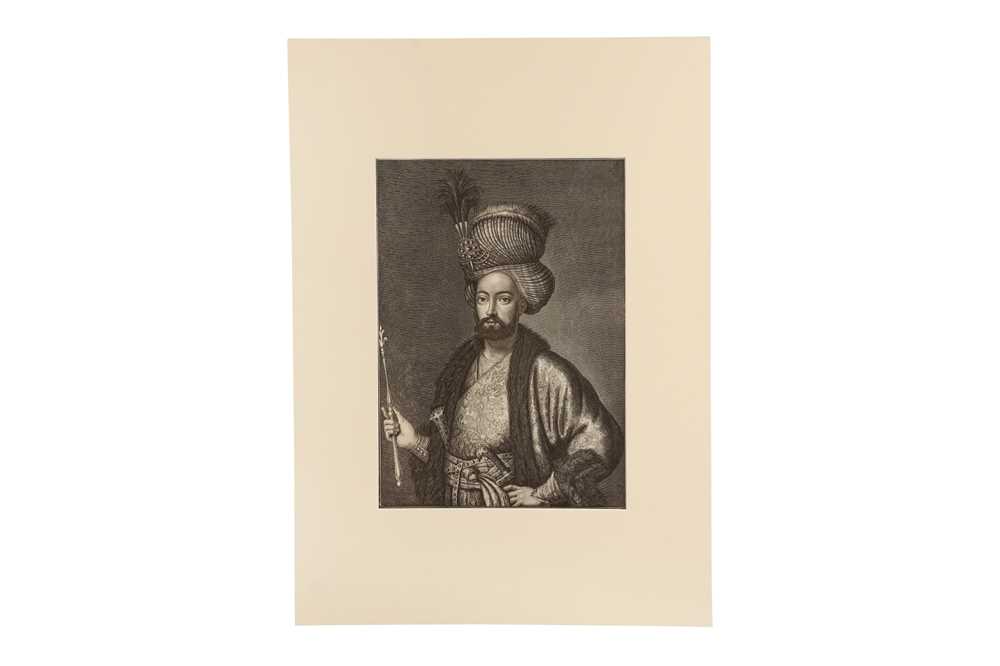

Testen Sie LotSearch und seine Premium-Features 7 Tage - ohne Kosten!
Lassen Sie sich automatisch über neue Objekte in kommenden Auktionen benachrichtigen.
Suchauftrag anlegen